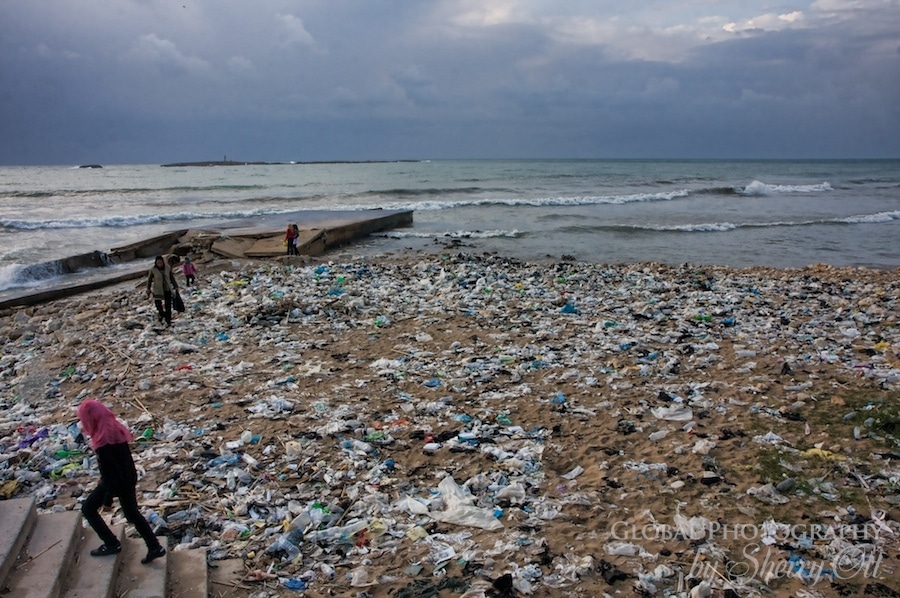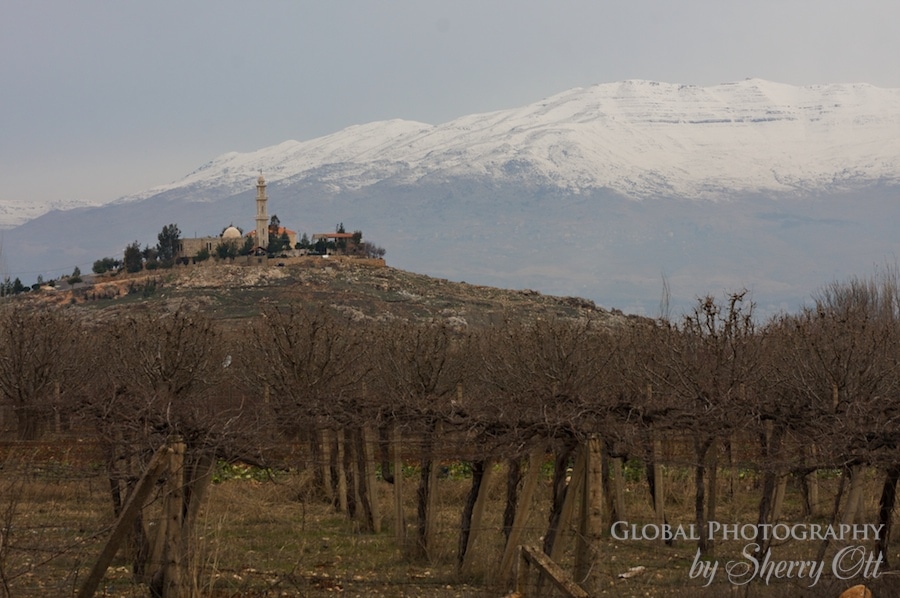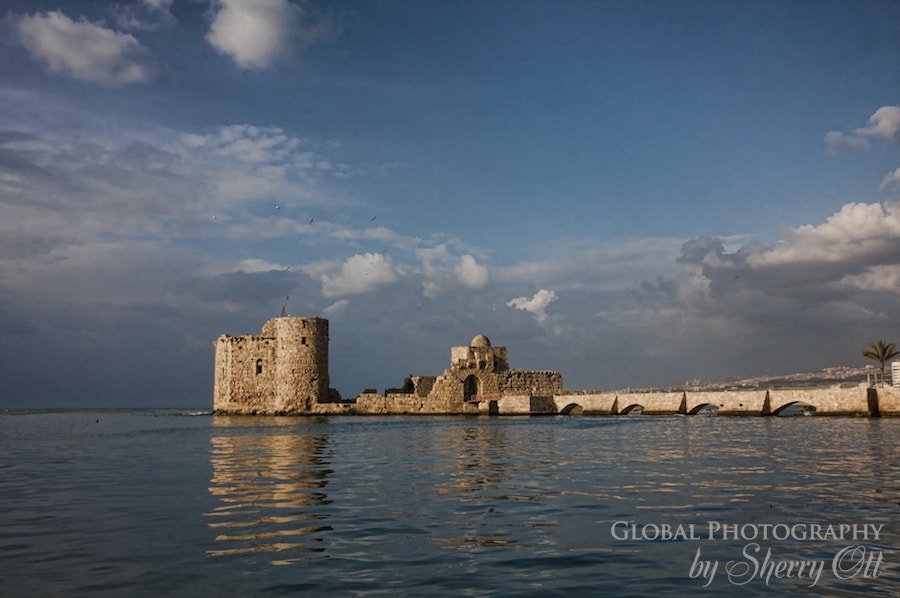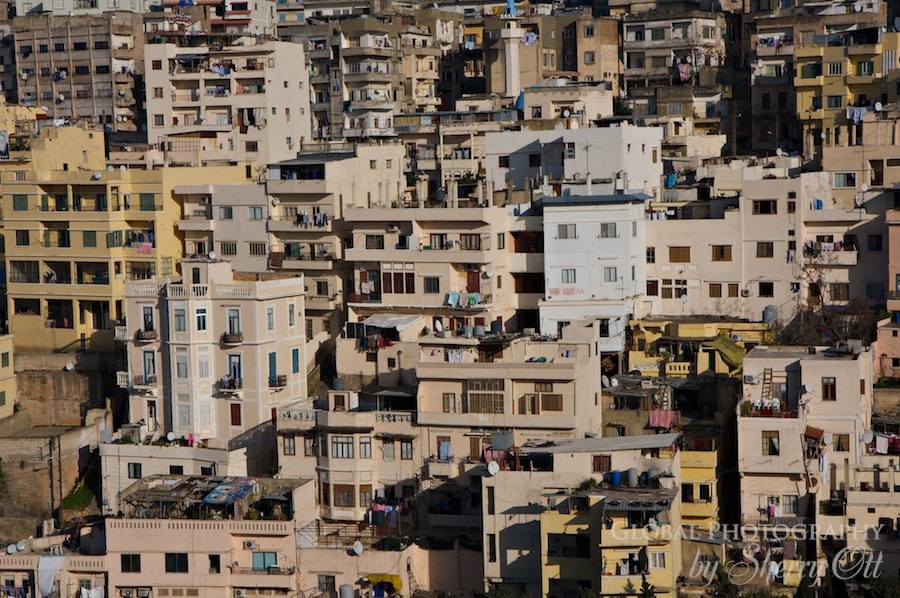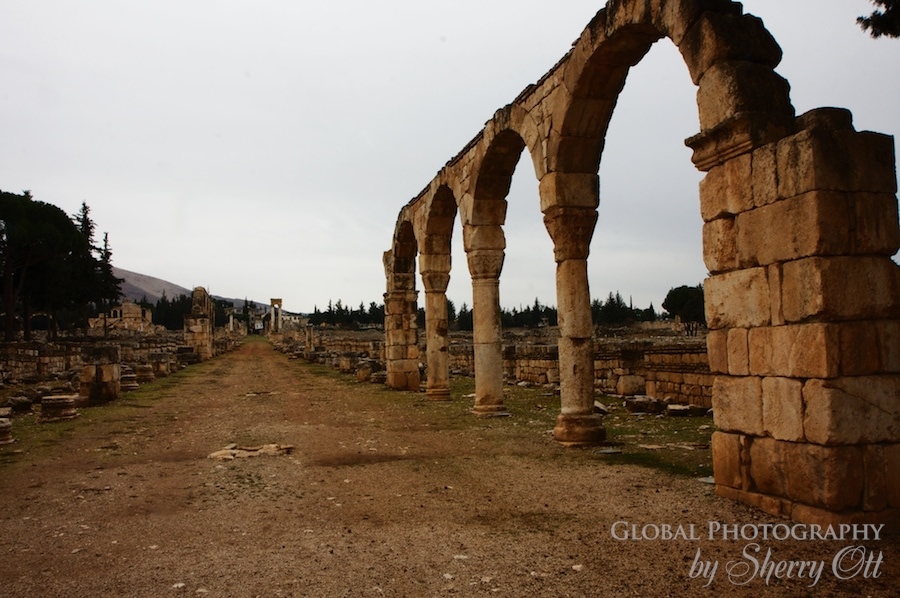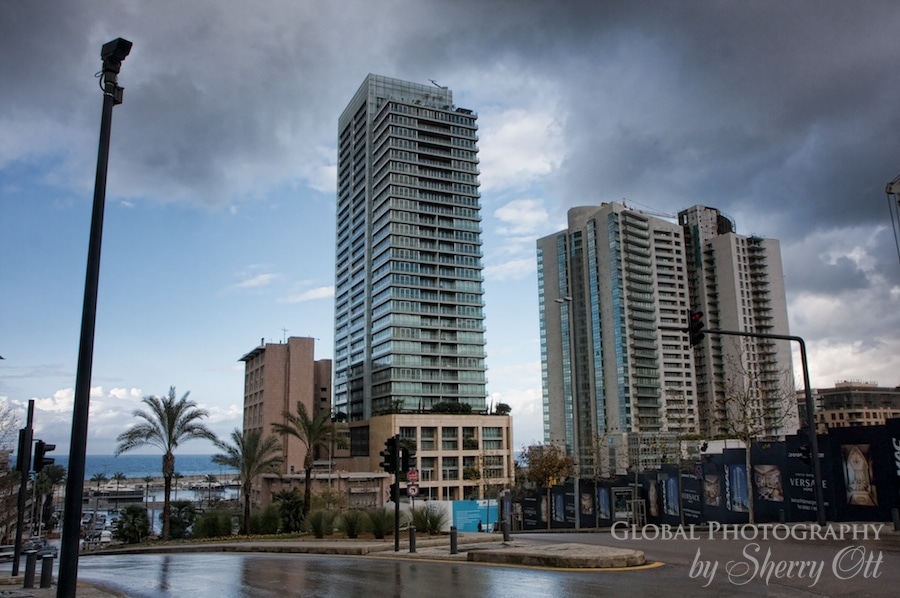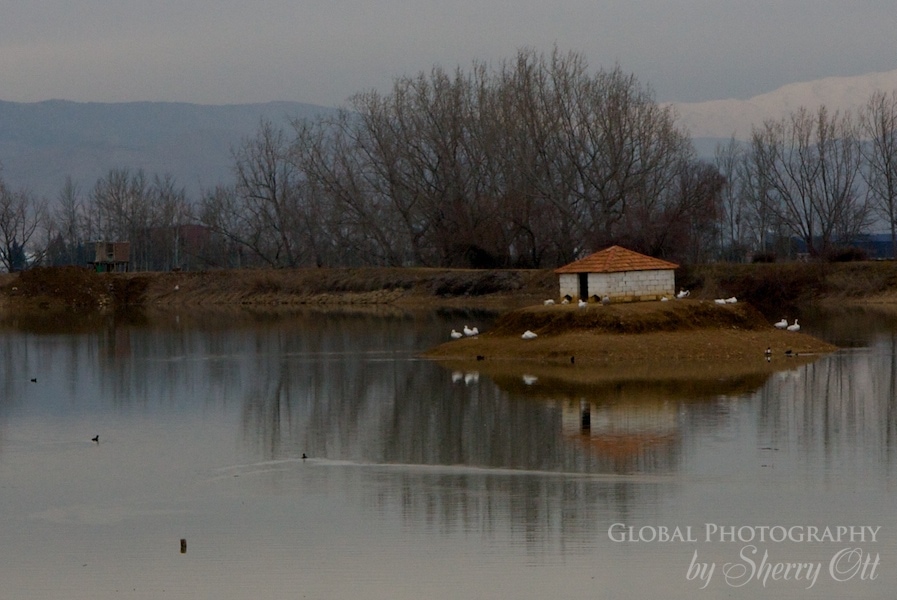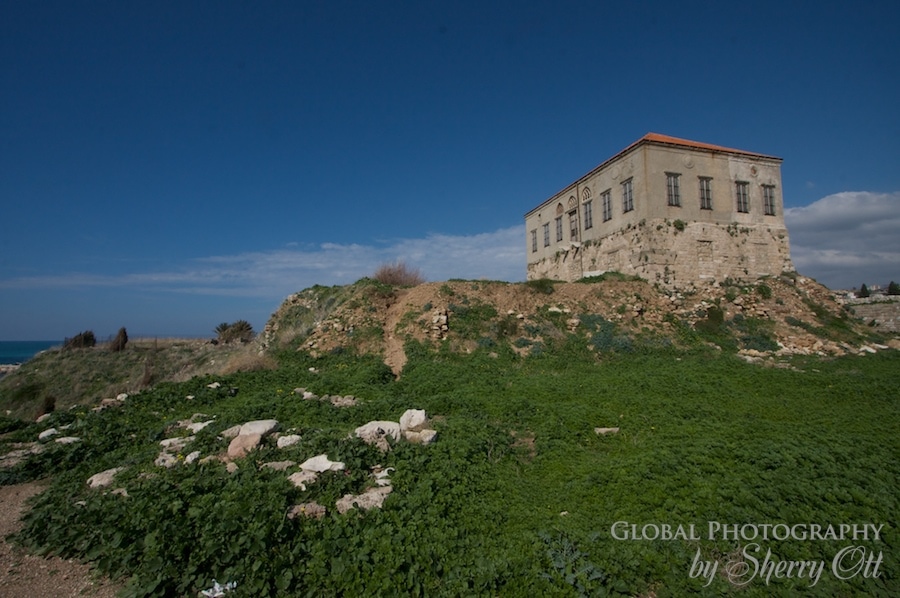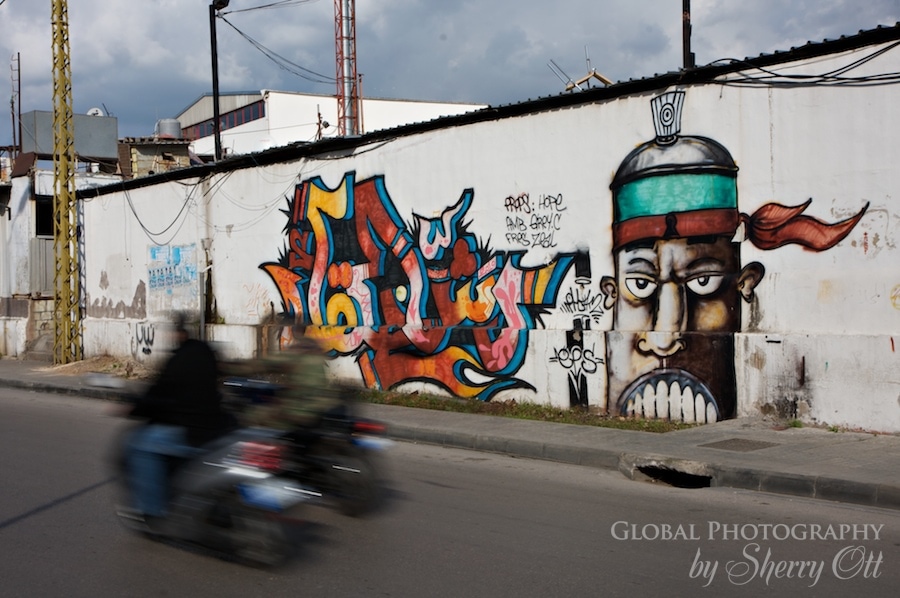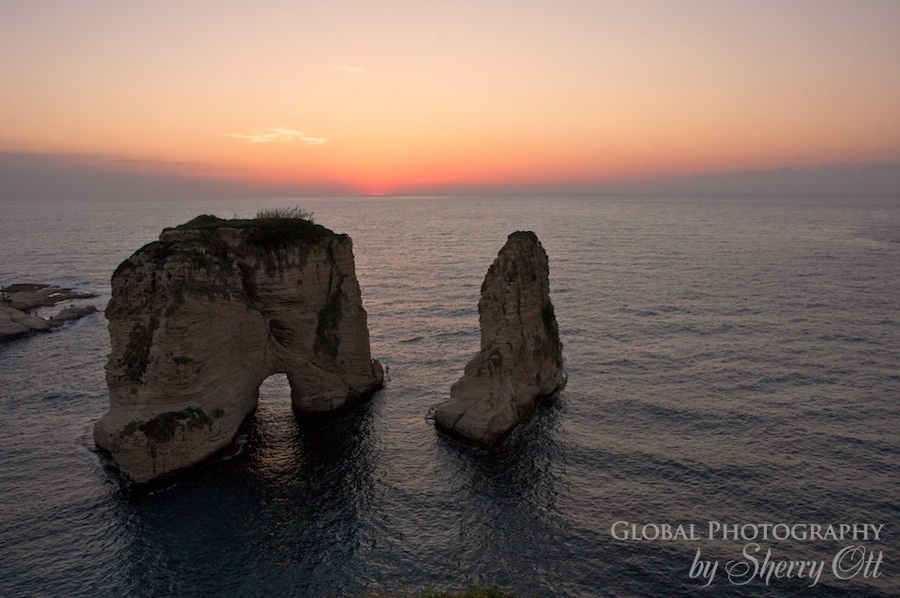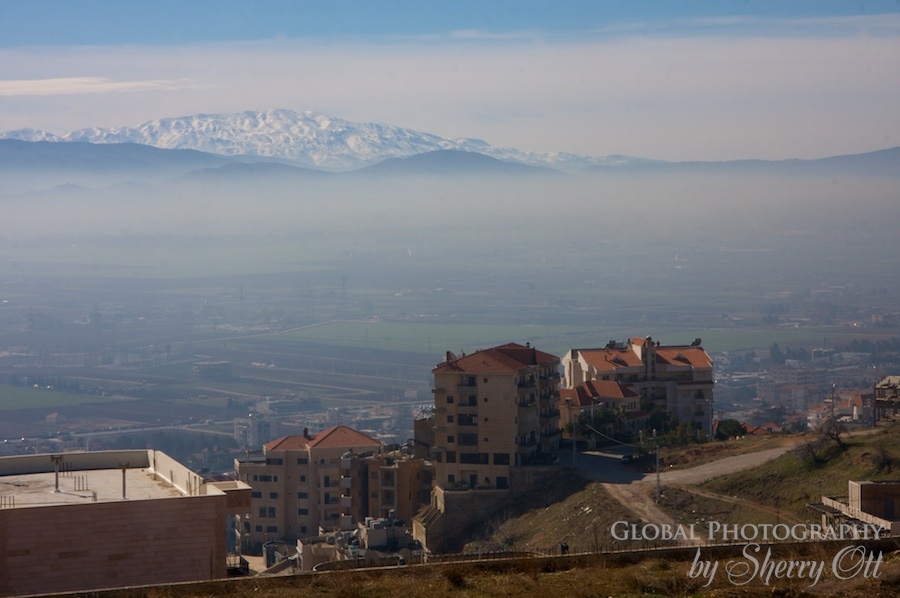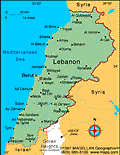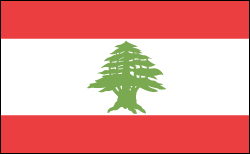لبنان بلد متنوع بشعبه، فحوالي 40% من السكان البالغين 22 سنة[20] ينتمون إلى الدين المسيحي، وهو البلد الوحيد في الوطن العربي الذي يتولى رئاسته مسيحيون بحكم عرف دستوري. ويتوزع الشعب اللبناني على 18 طائفة معترف بها.[21] واللبنانيون منتشرون في شتّى أنحاء العالم كمغتربين أوكمهاجرين من أصل لبنانيّ. ويبلغ عدد سكان لبنان بتقدير الأمم المتحدة لعام 2008 نحو 4,099,000 نسمة.[22] ويُقدر عدد اللبنانيين المغتربين والمنحدرين من أصل لبناني في العالم بحوالي 8,624,000 نسمة، وفقا لإحصاء سنة 2001،[23] ينتمي أكثرهم إلى الدين المسيحي، لأن الهجرة اللبنانية بدأت من متصرفية جبل لبنان ذات الأغلبية المسيحية.[24] أمّا نسبة زيادة السكان فهي 0.85%. ومن المنتوقَّع أن ينخفض عدد سكان لبنان عام 2050 إلى 3,001,000. وتبلغ الكثافة السكانية للبنان 344 نسمة / كلم.2[25] ويعيش ما بين 87% و90%[26] من اللبنانيين في المدن[27] منهم أكثر من 1,100,000 نسمة - أي ما يعادل ربع السكان - في العاصمة بيروت وضواحيها.[28] وتبلغ نسبة المتعلمين فيه 87.4%. ويتكلم سكانه اللغة العربية وكثيرون منهم الفرنسية والإنكليزية. زد على ذلك لغات أخرى أقلّ استعمالا كالأرمنية والكرديةوالسريانية.
قُدّر عدد سكان لبنان في تموز/يوليو من عام 2008 بنحو 3,971,941 نسمة.[2] بينما قدر عدد اللاجئين الأجانب في عام 2007 بما يزيد على 375,000 شخص: منهم 270,800 من فلسطين و 100,000 من العراق،[29] و 4,500 من السودان. وأبعد لبنان أكثر من 300 لاجئ قسرا عام 2007.[30] ويُعتبر الشعب اللبناني الحالي مزيجاً من الشعوب المختلفة التي أمَّت لبنان واستقرت فيه عبر العصور،فكثير من اللبنانيين ذوو جذور فينيقية وعربية ورومانية وتركية وفارسية ولبعضهم جذور أوروبية من عهد الصليبين وفترة الانتداب الفرنسي. ففي تلك الحقبة استقرت في لبنان أقلية لا يستهان بها من الفرنسيين. لكن معظمهم غادر بعد الاستقلال عام 1943 ولم بقَ منهم ألاّ القليل. ولا يزال عدد كبير من السوريين والمصريين في لبنان حيث يعمل معظمهم في قطاع البناء والخدمات.
[عدل]اللغات واللهجات
كانت اللغة الفينيقية أول اللغات التي تكلمها السكان الذين قطنوا المناطق التي تدخل اليوم ضمن نطاق الدولة اللبنانية، وبعد ذلك بفترة انتشرت اللغة الآرامية والسريانية قبل أن تنتشر اللغة الإغريقيةخلال العصر الهليني، أي عند غزو الإسكندر الأكبر. استمرت تلك اللغة متداولة لفترة طويلة نسبيّا بين السكان حتى الفتح الإسلامي لبلاد الشام، عندما حلّت اللغة العربية بدلا منها.[31] ويتكلم اللبنانيون اليوم اللغة العربية المدموغة بلهجتهم الخاصة المستمدة من اختلاط اللغة العربية مع الآرامية والسريانية، وبعض الكلمات التركية والفارسية.[32] كما أن معظم اللبنانيين يتكلمون أكثر من لغة منهاالفرنسية والإنجليزية. كما تستعمل اللغة الأرمنية بكثرة بين اللبنانيين من أصل أرمني. وما زالت اللغة السريانية واللاتينية مستعملة في الطقوس الدينية المسيحية.
كانت اللغة الفرنسية تعتبر لغة رسمية في لبنان خلال فترة الانتداب، حيث كانت تستعمل في المعاملات والإجراءات الرسمية إلى جانب العربية، وبعد إعلان الاستقلال أصبح الدستور ينص على أن اللغة العربية هي اللغة الرسمية الوحيدة في لبنان. ويتكلم العديد من اللبنانيين اليوم أكثر من لغة في الجملة الواحدة في بعض الأحيان بشكل تلقائي،[33] والبعض يفعل ذلك كمحاولة للتعبير عن مكانة اجتماعية معينة وما شابه، وهذا ما دفع بعض اللغويين إلى القول أن اللبنانيين يتكلمون لغة مختلفة عن اللغة العربية هي "اللغة اللبنانية"، إلا أن معظم اللبنانيين يرفضون هذه الفكرة وينظرون إلى اللغة التي يتكلموها على أنها عربية


